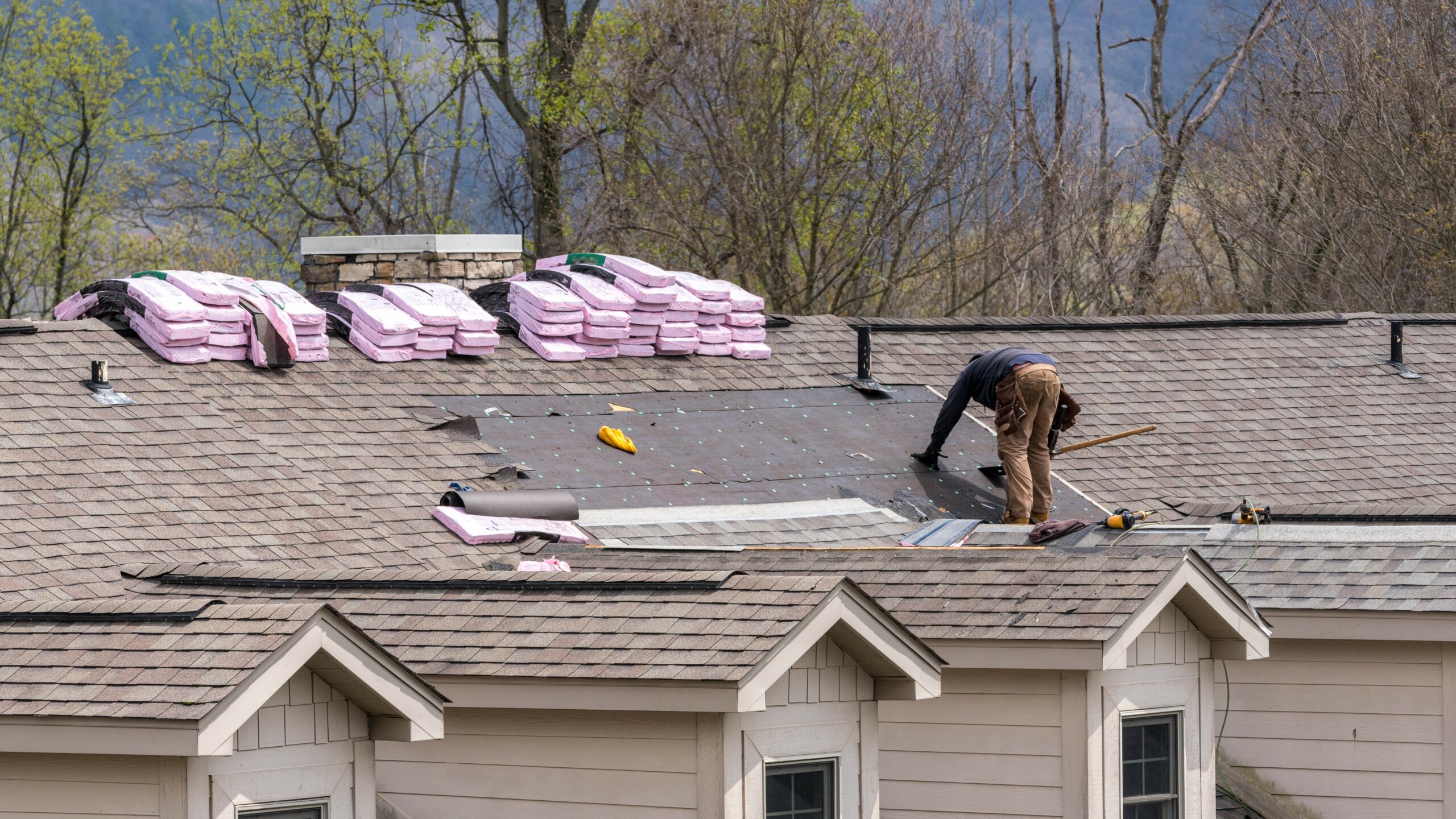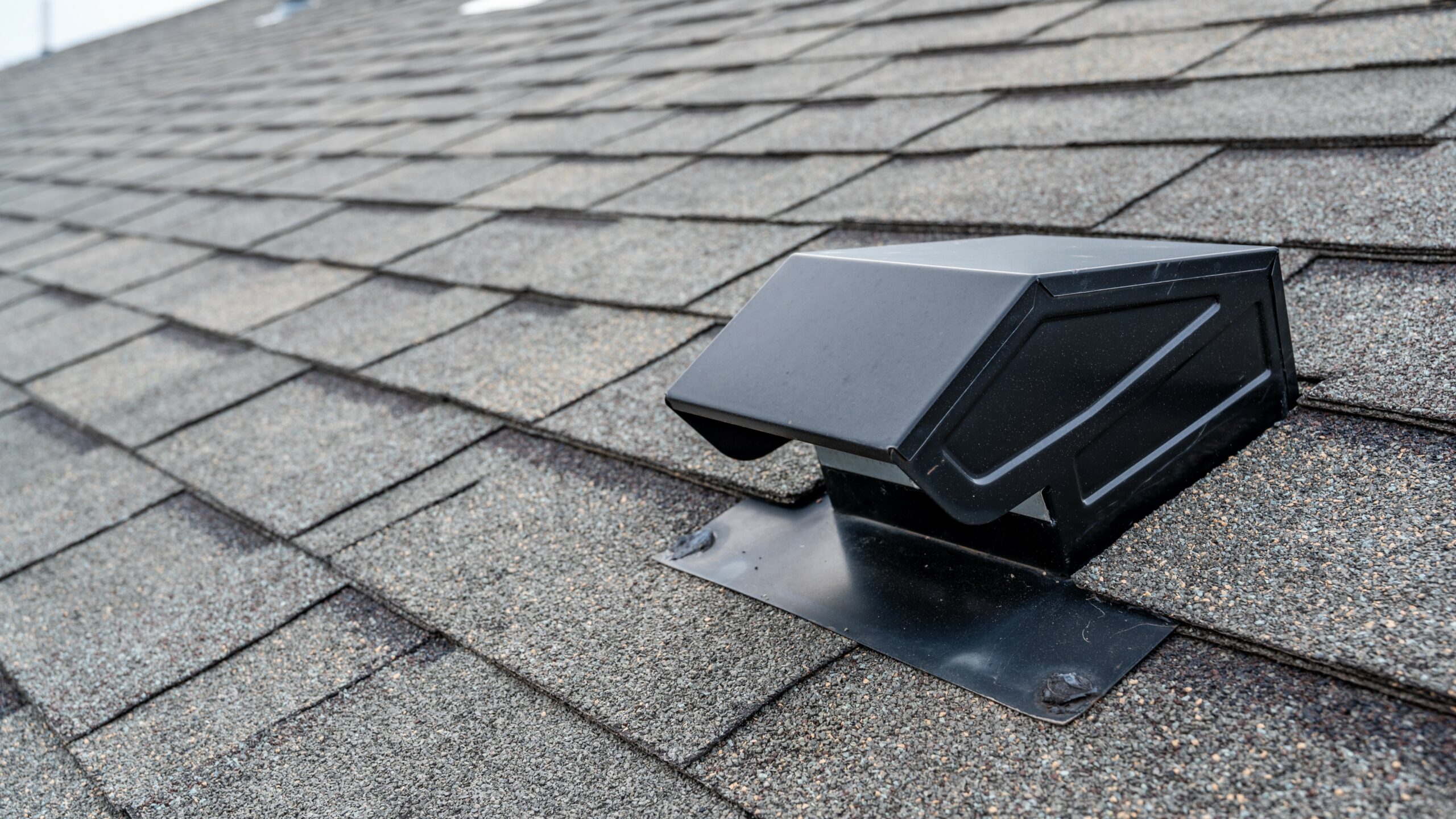Finding the right contractor to replace your roof to give you good quality work at the best price can be overwhelming. You must cover every aspect and know well what such a project entails before you make a deposit.
A roof replacement estimate must include labor, the roof teardown, property protection, installation method, a detailed item list, clean up, and warranty. The more detail an estimate contains, the better it covers the contractor and homeowner from disputes and unnecessary costs.
Replacing a roof is an unpleasant experience if you accept an estimate and pay a deposit without doing the necessary research. Before you replace your roof, you must consider certain factors and educate yourself on the process and some of the small details that can cost a lot.
How to Estimate a Roof Replacement Before Making a Deposit
Before you make a deposit, getting familiar with the roof replacement process is essential. Here are thirteen things to consider to help you make better-informed decisions that can help you save money and avoid an unpleasant experience.
How is labor accounted for in your roof estimate?
Labor must be factored into the roof replacement estimate. When replacing a roof, skilled, semi-skilled, and unskilled labor is involved, calculated to complete the job in the best estimated time. The skilled laborers work on the roof construction while semi-skilled laborers assist them, leaving unskilled laborers to do the rest, like cleaning, offloading, and carrying material.
The right amount and balance of labor is essential to quickly provide the best quality work and is vital to the quality and cost. Labor costs vary between contractors and areas; estimating labor is vital before depositing.

How many layers will be removed from your old roof?
It is possible that your roof has multiple layers that need to be torn down, and sometimes, the roof trusses are also damaged and need to be replaced. Your roof replacement estimate must include the number of layers that must be torn down to avoid the added cost.
Some contractors estimate only one layer to lower the quotation cost, and you must consider how many layers are in the estimation before you pay a deposit.
How does your roof replacement contractor protect your property?
With every roof replacement, there is the risk of property damage, and part of the estimate must include what and how it is protected during the process. Swimming pools, for example, will need a tarp, and the attic must be covered, etc. Before you pay a deposit, everything that can be damaged during the process must be stipulated in the estimation.
In what manner will the contractor install your new roof?
Some contractors use unconventional methods that might be risky or untested and may not be what you expect. Some homeowners prefer using hand nails rather than a nail gun, which must be specified and included in the roof replacement estimate. Specifying the method is essential to avoid quality issues and disputes after roof construction.
Should rotten decking be replaced?
Estimating rotten roof decking and trusses before the roof is torn down is difficult, and these unforeseen factors can be extremely costly. The roof replacement estimate must include a line item specifying the cost of replacing a roof deck sheet and a truss beam.
Often, contractors include replacing all the roof decking in the quote and only replacing the rotten ones, which leads to you paying for unused material. Before you pay a deposit, confirm with the contractor how the replacement of rotten decking and trusses is specified in the estimate.
Should drip edges for eaves and rakes be discussed?
Discussing drip edges for the eaves and rakes with the contractor during the assessment is vital. All the eaves by the gutter must have a drip edge, but it is only necessary for some of the rakes. After discussing the drip edges with the contractor, ensure that it is included in the roof replacement estimate before you pay a deposit.
What roof system components should be in your estimate?
A roof replacement estimate must have a line-item list that includes each item and its cost. Here are the five major roof system components that must be in your estimate:
The protection felt placed over the decking (underlayment)
The top visible layer of your roof (shingles)
The trim where the two slopes of a roof meet (ridge capping)
Asphalt-based shingles to waterproof rakes and eaves (starter shingles)
The protection membrane is used to safeguard the roof against water and ice (ice and water shield)

What type of roof vent should you choose?
Roof vents are vital to cool your home and prevent moisture from accumulating. There are active and passive roof vents, and your estimate should specify which the contractor will install. Active ventilation pulls air inside and out, whereas passive ventilation moves air in the attic through natural sources, like wind.
Your estimate must include which venting system, its color, and the number of vents required. Here are the types of roof vents available:
Active: turbine vents, ridge vents, power vents, solar-powered vents
Inactive: static (box) vents, gable end vents, ridge vents without a baffle
Should your estimate include roof flashing replacement?
Part of your roof replacement estimate should include flashing if it needs replacing. Flashing prevents water from entering against a wall, at open valleys, or chimneys. Flashing is made from metal and seldom needs to be replaced unless badly rusted; otherwise, it only needs repenting. Your estimate must include whether it is being replaced or repainted.
What are the dump fees and clean-up costs?
Tearing down a roof leaves a lot of scrap and debris that must be removed, and often, the estimate only considers the labor involved. Cleaning requires labor and a dump truck, and dumping fees must be included in the roof replacement estimate. The cleaning process should stipulate that every part of your home pertaining to the roof replacement must be left spotless.
What does the roof replacement warranty cover?
A warranty is vital and must include a product or material warranty and an installation or workmanship warranty. The first ensures the quality of the materials used, and the second, the competence of the labor and contractor. Sometimes, the warranty covers the material and installation, and sometimes they are separate. Whether the warranty combines or runs separately must be specified on the estimate.
How long is the roof estimate good for?
Most roof replacement estimates come with an expiration date to protect the contractor from material and labor price increases. The average quote is valid for 90 days or the agreed-upon time after the revised estimate. The estimate's time starts when the contractor hands it to you, and the time it is valid must be specified.
Should you go over the estimate with your contractor?
It is important to communicate well with the contractor and finalize every aspect of the roof replacement estimate before paying a deposit. A good contractor will give you an honest assessment to ensure everything is covered and runs smoothly. Going over the roof estimate will give you peace of mind and another chance to revise or finalize the deal.
Final Thoughts
Generally, replacing a roof is an unpleasant experience, and not educating yourself on the process can be costly. Estimates help you identify the cost of replacing your roof without causing unnecessary spending while covering every aspect.
Covering all the necessary factors provides an accurate estimate and will improve the roof replacement experience. (Related: Roof Replacement Costs in Florida: Here’s What to Expect)

